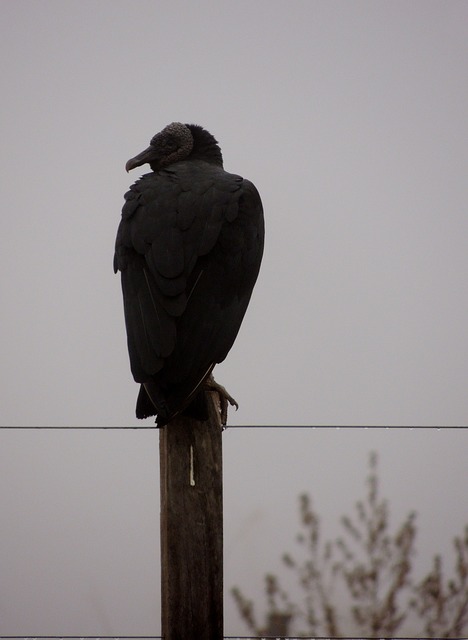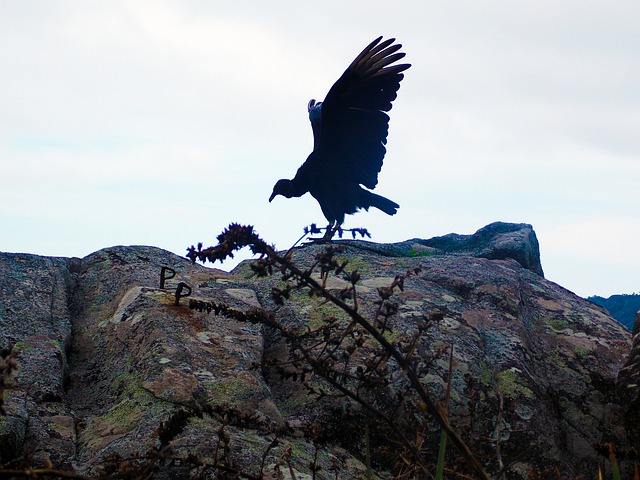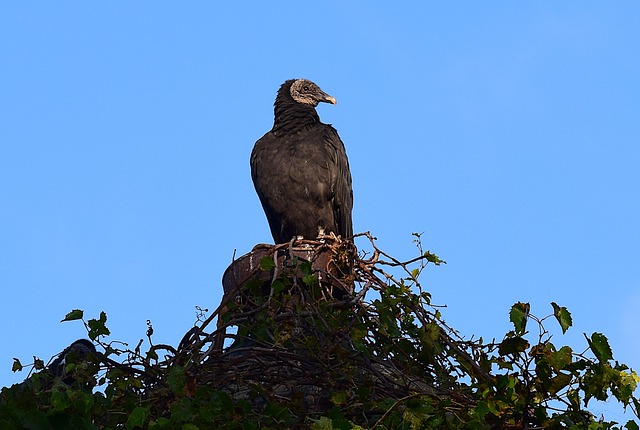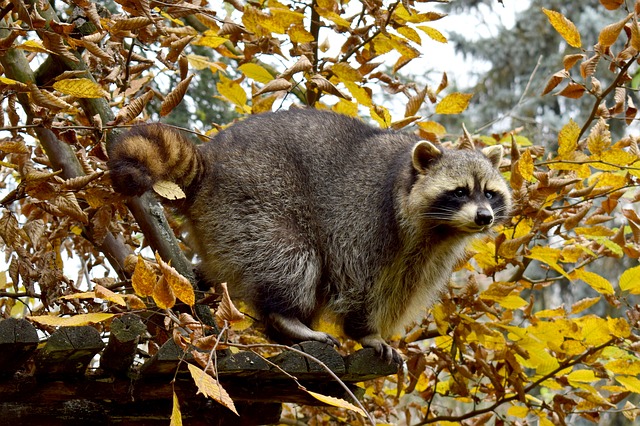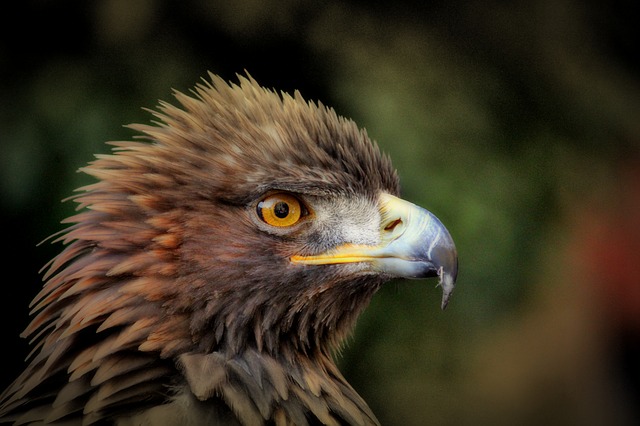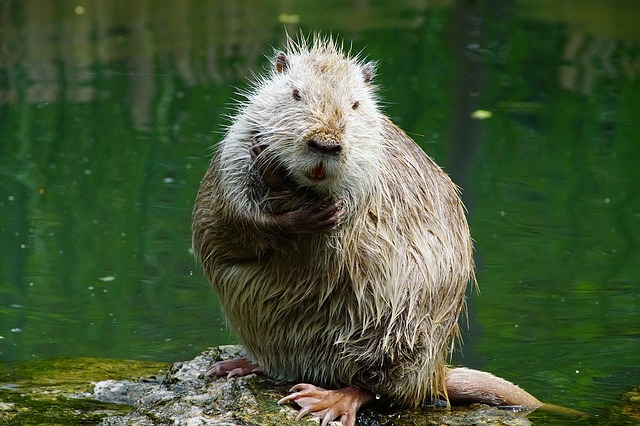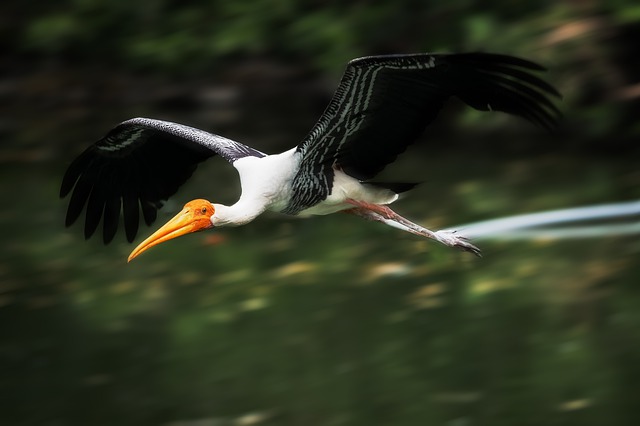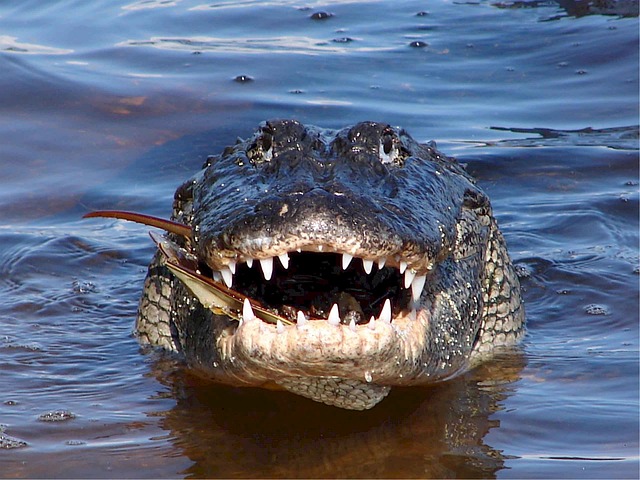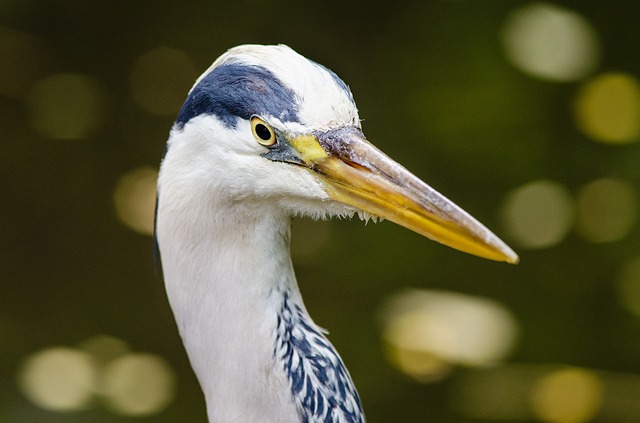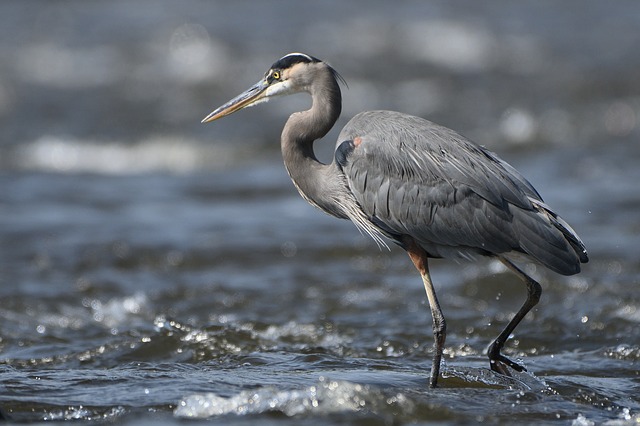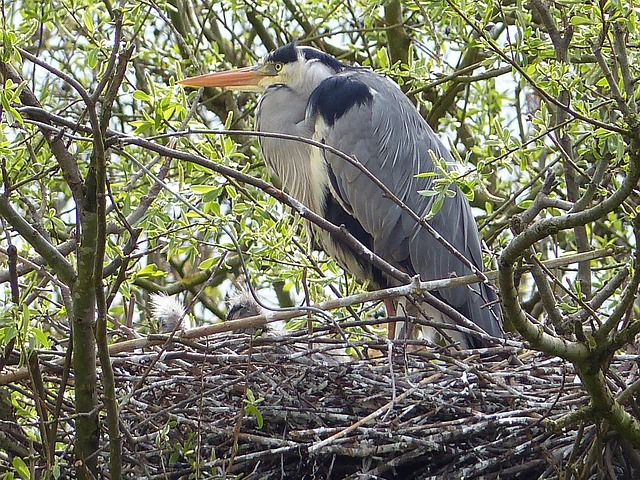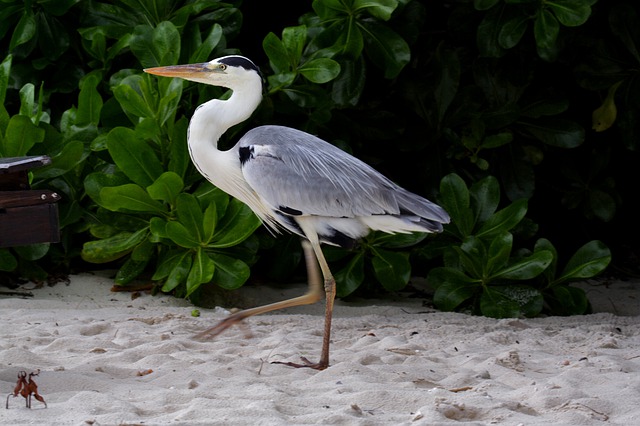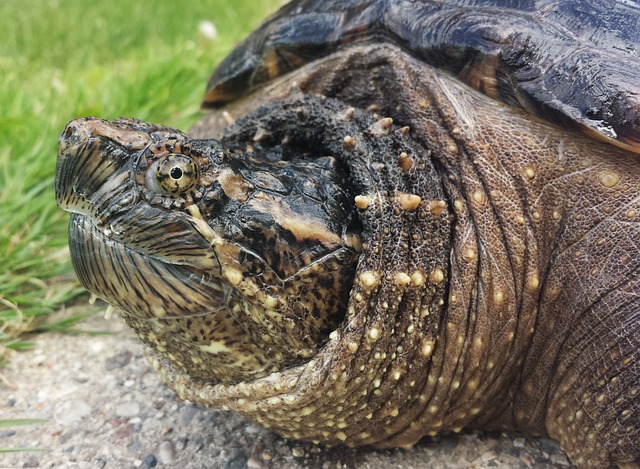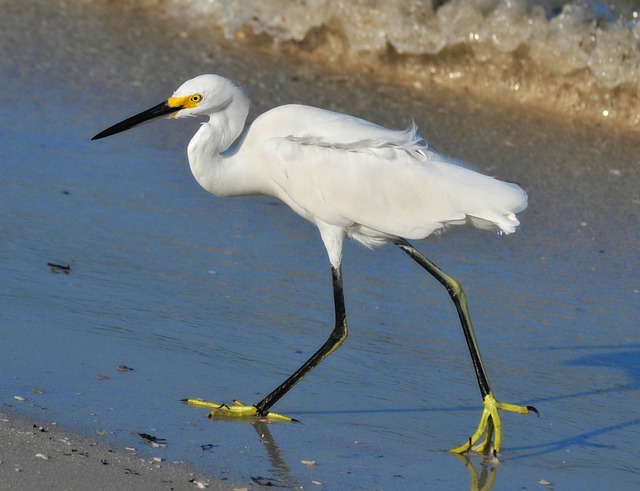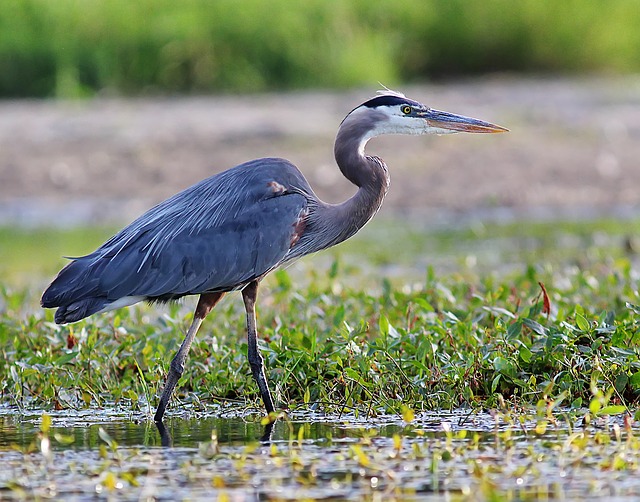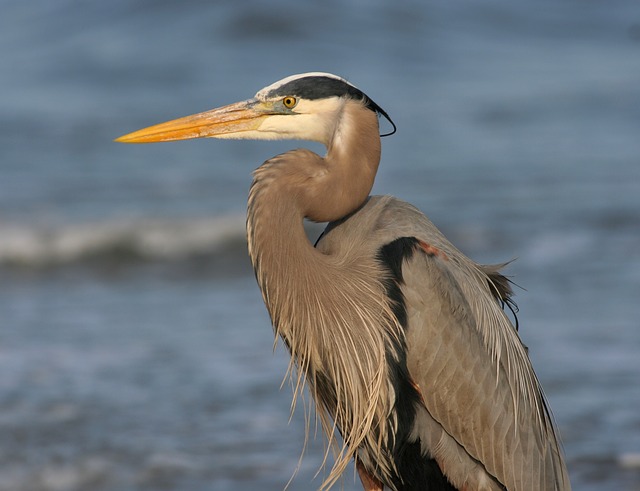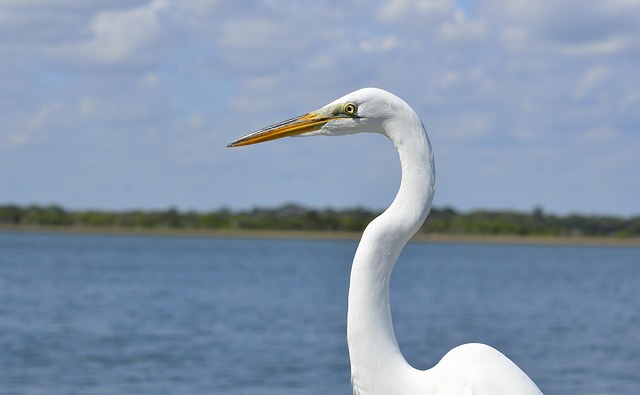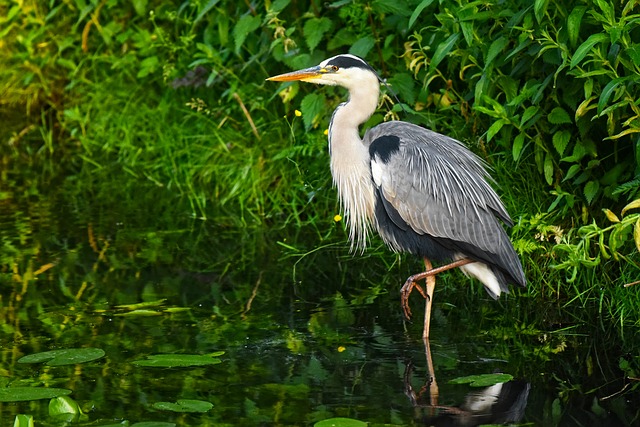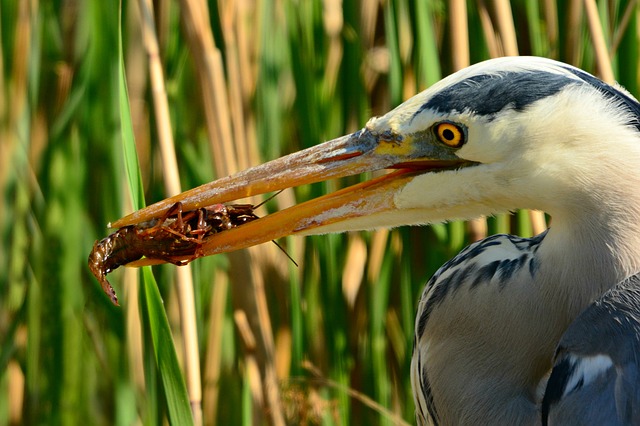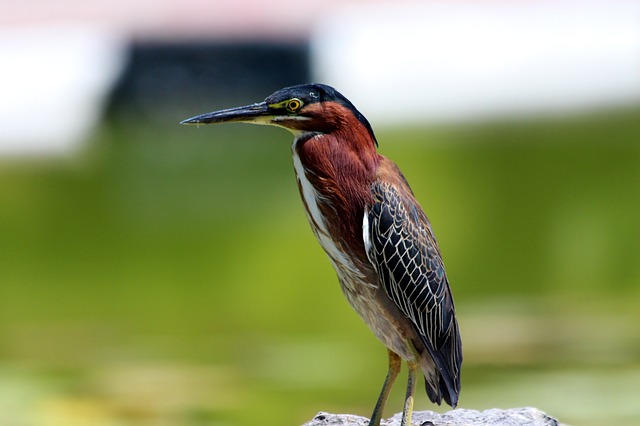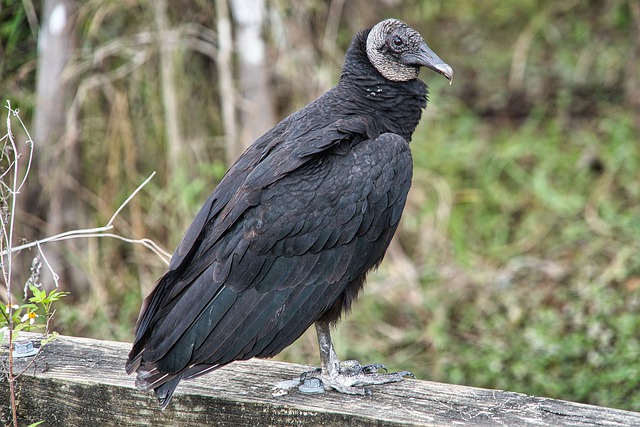
The black vulture is a large bird of prey. It ranges from the Mid-Atlantic States in the U.S. all the way down through Central and most of South America. This widespread species has many interesting things about it. So here are the top black vulture facts.
The Black Vulture Is A Scavenger That Sometimes Kills
Black vultures mainly eat carrion. However, they aren’t always scavengers. Sometimes they will kill and eat small animals such as birds, reptiles, and fish. They will also kill and eat defenseless newborn calves. Black vultures killing calves is one reason that they are considered to be a pest bird species by many farmers.
The Black Vulture Uses Its Vision To Find Food
As it soars in the air high above, this species uses its eyesight to scan the ground for carcasses to feed on. Unlike its close relative the turkey vulture which typically finds its meal using its sense of smell, the black vulture does not have a great sense of smell.
The Black Vulture Doesn’t Have A Voice Box
This species lacks a syrinx which is the vocal organ of birds. However, that doesn’t mean that they are silent birds. In fact, they can be quite loud when feeding. That being said unlike most other birds, black vulture sounds usually only consist of grunts and hisses.
The Black Vulture Uses Vomit For Self-Defense
Because of their large size adult, black vultures have few natural predators. Yet when threatened it will regurgitate partially digest food on its attacker. The acidic and foul-smelling vomit is often aimed at the face or eyes of the threat. Considering its diet this is one of the black vulture facts that you don’t want to learn firsthand.
Black Vultures Mate For Life
This species is monogamous. After completing a courtship ritual either while flying in the air or perched, black vultures will form a pair. And they will stay together and mate for life.
They Follow Turkey Vultures To Find Food
One of the most interesting facts about black vultures is that will follow turkey vultures in order to find food that they may not have been able to spot with their eyes. Turkey vultures can find rotting meat simply by using their sense of smell.
And black vultures will take advantage of this by following them to a carcass. Once they are on the ground the more aggressive black vultures will drive the turkey vultures away so they can enjoy their free meal.
There Are Three Subspecies
While it is commonly known as the American black vulture or simply the black vulture there are actually three distinct sub-species of this bird. These include the North American black vulture, Andean black vulture, and South American black vulture. The North American black vulture is typically the largest of the three.
Black Vultures Quickly Gobble Down Their Food
Black vultures feed in large groups. And when they do there’s a lot of competition and fighting. Because of this, these birds will gobble their food down as quickly so they can get as many mouthfuls as possible before it’s all gone. Interestingly individual birds will even do this when they are alone in captivity and there is no competition from other vultures.
Black Vultures Go To The Bathroom On Their Legs
To help keep cool, black vultures practice what’s called urohydrosis. In other words, they defecate on their own legs. As the liquid in their waste evaporates off of their legs it helps to lower their body heat. Storks and other new world vultures such as turkey vultures do this too.
It’s A Protected Species
One of the black vultures facts most people don’t know is that in much of its range, it’s a protected species. In the United States, the black vulture is protected under the Migratory Bird Treaty Act of 1918. In Canada (although a very rare visitor) it is protected by the Convention for the Protection of Migratory Birds species and in Mexico by the Convention for the Protection of Migratory Birds and Game Mammals.
Start Shopping for Birding Supplies!
Raccoon Pictures
Raccoons are easily recognizable by their black face mask and ringed tail. And there are many fascinating things about this intelligent nocturnal species. So we’ve compiled some of the best raccoon pictures to show you just how amazing and unique they are. Raccoon...
Eagle Pictures
Eagles are large powerful raptors with sharp talons and beaks. These apex predators are typically at top of the food chain and there are many interesting things about them. So we’ve compiled some of the best eagle pictures to show you just how amazing they are. Bald...
Nutria Pictures
Nutria are large semi-aquatic rodents from South America. In the United States where they were originally imported for the fur industry, they are an invasive species. Despite their pest status, there are many interesting things about them. So here are some of the best...
Stork Pictures
Storks are tall wading birds with long legs and necks. These amazing birds have many fascinating things about them. And we’ve compiled some of the top stork pictures to help show you just how interesting and beautiful they are. White Stork The white stork has a body...
Alligator Pictures
The American alligator is a large predatory reptile that inhabits the southeastern United States. It’s a fascinating animal with many interesting things about it. And we’ve collected some of the best alligator pictures to help show you just how amazing they are....
How Long Do Great Blue Herons Live?
The life expectancy of birds is known to be closely related to their size. So as the biggest heron species in North America, how long do great blue herons live? The average life expectancy for these large birds is around fifteen years. However, surviving their first...
Where Do Great Blue Herons Live?
The great blue heron is considered to be the most widespread heron in North America. So exactly where do great blue herons live? Here’s what you’ll want to know. Great Blue Heron Range The great blue heron is found throughout most of the North American continent. In...
Where Do Great Blue Herons Nest?
While many of us have seen great blue herons their nesting habits often remain a mystery to most people. That’s because they purposely nest in hard-to-reach places. So where do great blue herons nest? Here’s the answer. A Colony Nester Typically great blue herons nest...
Do Great Blue Herons Migrate?
Do great blue herons migrate? This is something many people wonder about, especially if they’ve seen a heron during the cold winter months. And the answer is both yes and no. Here’s what you’ll want to know. Great Blue Heron Range The great blue heron has a large...
Great Blue Heron Pictures
Few species of birds are as tall, elegant, and attractive as the great blue heron. So we’ve compiled some of the best great blue heron pictures for you to admire and help you to learn more about this amazing bird! Great Blue Heron Head The head of the great blue heron...
What Do Snapping Turtles Eat?
Many people are familiar with the fact that snapping turtles have an incredibly strong bite. They use their strong jaws and sharp beak not just for defense but also for catching food. So what do snapping turtles eat? Here's what you'll want to know. Snapping turtles...
Birds That Look Like Egrets
Egrets are predatory birds that hunt and live in a range of both freshwater and saltwater habitats. These birds are usually white, and have S-shaped necks, long legs, and dagger-like beaks. However, they are often mistaken for several other types of birds that look...
Birds That Look Like Storks
Storks are large wading birds with robust bills and long legs. These tall carnivorous birds are well-known for their wide wingspans and also for building huge nests. However, they are often confused with several other bird types that have a similar appearance. So...
Birds That Look Like Herons
Herons are tall birds with long slender legs and necks. And they often wade in the water when hunting for food. Yet there are several other types of birds that may be mistaken for them. To make things more confusing many of these birds also spend time in the water and...
Great Blue Heron Facts
The great blue heron is named for its size and the grey-blue color on its wings, stomach, and back. This species has many fascinating things about it. So here are the top great blue heron facts. It's The Largest North American Heron The great blue heron is a big bird...
Are There White Herons?
Are there white herons? This is something many people wonder especially after seeing a tall all-white bird. The answer is yes! And here’s a fast introduction to them. A White Color Morph Most people are familiar with the great blue heron, a large predatory and...
Great White Heron Facts
While many people are familiar with the great blue heron, they are often surprised to find out that there’s also a great white heron. There are many things you’ll want to know about this stunning bird. So here are the top great white heron facts. The Great White Heron...
What Animals Eat Herons?
Because of their size and long sharp beaks, it can be hard to imagine that herons have any natural predators. While they do, they definitely don’t have nearly as many predators as most other types of birds. So what animals eat herons? Predators Of Adult Herons For...
What Do Herons Eat?
Great blue herons are often seen slowly wading in shallow water hunting for food. You may have even spotted one of these large birds in your own backyard pond. This leaves many people wondering: “What do great blue herons eat?” And here’s everything you’ll need to...
What Do Green Herons Eat?
The green heron is a secretive and small heron species. What it lacks in size however it makes up for in intelligence. It is particularly well-known for how it uses its smarts when hunting for food. So what do green herons eat? Read on to find out. Meet The Green...
